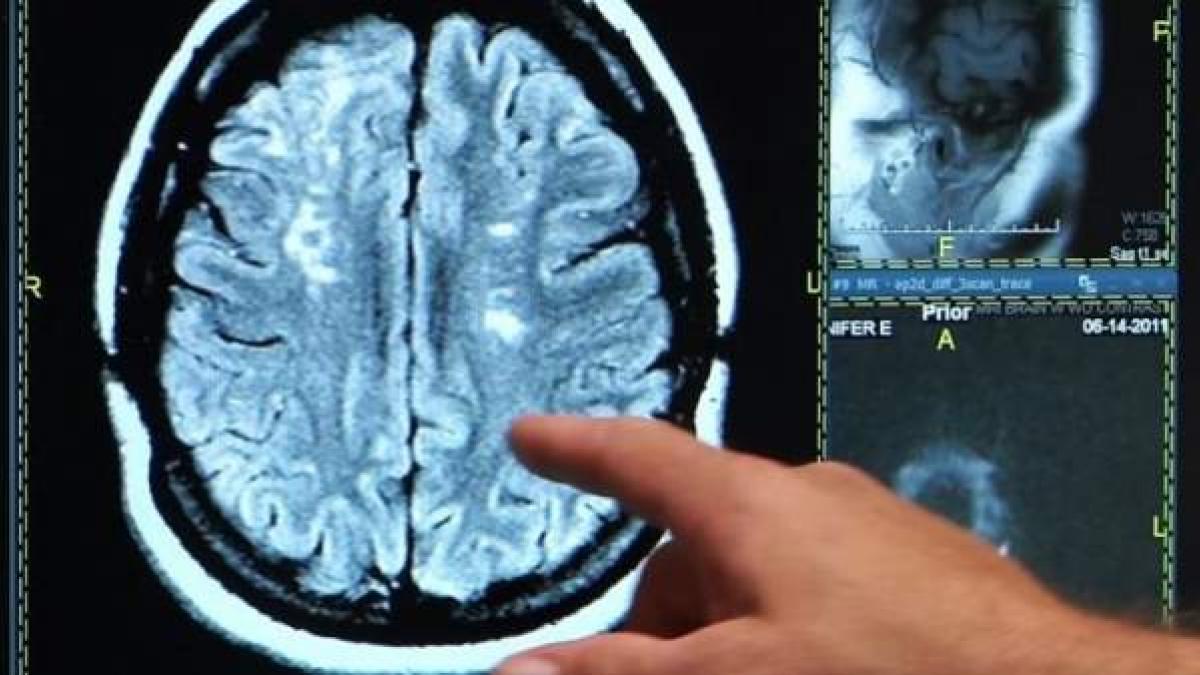Artificial intelligence and virtual reality are becoming the future in the treatment of post-stroke spasticity

Compilation
The most advanced technologies such as artificial intelligence (AI) And virtual realityfocused on the XVI Reabox conference, organized by the biopharmaceutical company AbbVie on October 25 and 26 in Madrid. The event brings together leading experts in the field of neurorehabilitation to discuss the latest advances in treatment post-stroke spasticity. As it was concluded, AI And virtual reality They are the future in the treatment of spasticity. after a stroke.
According to Dr. Luis Guirao CanoHead of Rehabilitation Services at Mutua University Hospital in Terrassa and coordinator of this publication, “It is important that spasticity specialists are trained and aware of all available treatment options, because if we do not, we will create dependent patients.” This is because spasticity that occurs without intervention can lead to contractures that can only be treated with surgery.
For him Dr. Antonio Menarehabilitation physician at the Doctor Negrin University Hospital in Gran Canaria and conference coordinator, early assessment is essential. ““The sooner we treat a patient with spasticity, the better the functional outcome will be and, in addition, the cost to the health care system will be lower.”. Spasticity, present in conditions such as stroke, multiple sclerosis and traumatic brain injury, affects the autonomy and quality of life of patients with varying prevalence rates: up to 40% of stroke patients and more than 80% in multiple sclerosis, among others. .
Spasticity is a clinical feature that occurs in many neurological conditions such as stroke, hypoxic brain injury, multiple sclerosis, traumatic brain injury, tumors, spinal cord injuries and degenerative diseases, etc.
Technology as a precision tool
During the conference, experts will talk about how AI and virtual reality changing methods of treating spasticity. ““Artificial intelligence can help detect movement patterns and develop personalized exercises for spasticity patients by linking therapy with virtual reality.”explains Dr. Mena. This approach, which is already being implemented in some countries, has the potential to expand and improve the effectiveness of treatment in Spanish health care settings.
Despite the advances, Dr. Mena points out the need for new treatment options. “More therapeutic weapons are in short supply. The future of spasticity treatment is moving in three directions: new, stronger molecules to inactivate spastic muscles, the use of artificial intelligence and virtual reality as supporting methods and high-resolution neuroimaging. discover the smallest nerves.”
Reabox Rehabilitation Sessions bring together experts to share the latest advances, knowledge and updates related to the treatment of post-stroke spasticity.
Practical workshops and ongoing training
Reabox conferences include workshops on advanced techniques such as muscle echolocation to optimize the use of radiofrequency and shockwave applications, as well as roundtable discussions on the best treatment strategies and functional prognosis for spasticity. These conferences have established themselves as the benchmark for continuing education for neurological rehabilitation professionals, providing a valuable exchange of knowledge about post-stroke spasticity and its possible treatments. The conference ends with a reaffirmation of the importance technologies in rehabilitation medicinean area where innovation allows us to improve not only the accuracy of treatment, but also the quality of life of patients.
